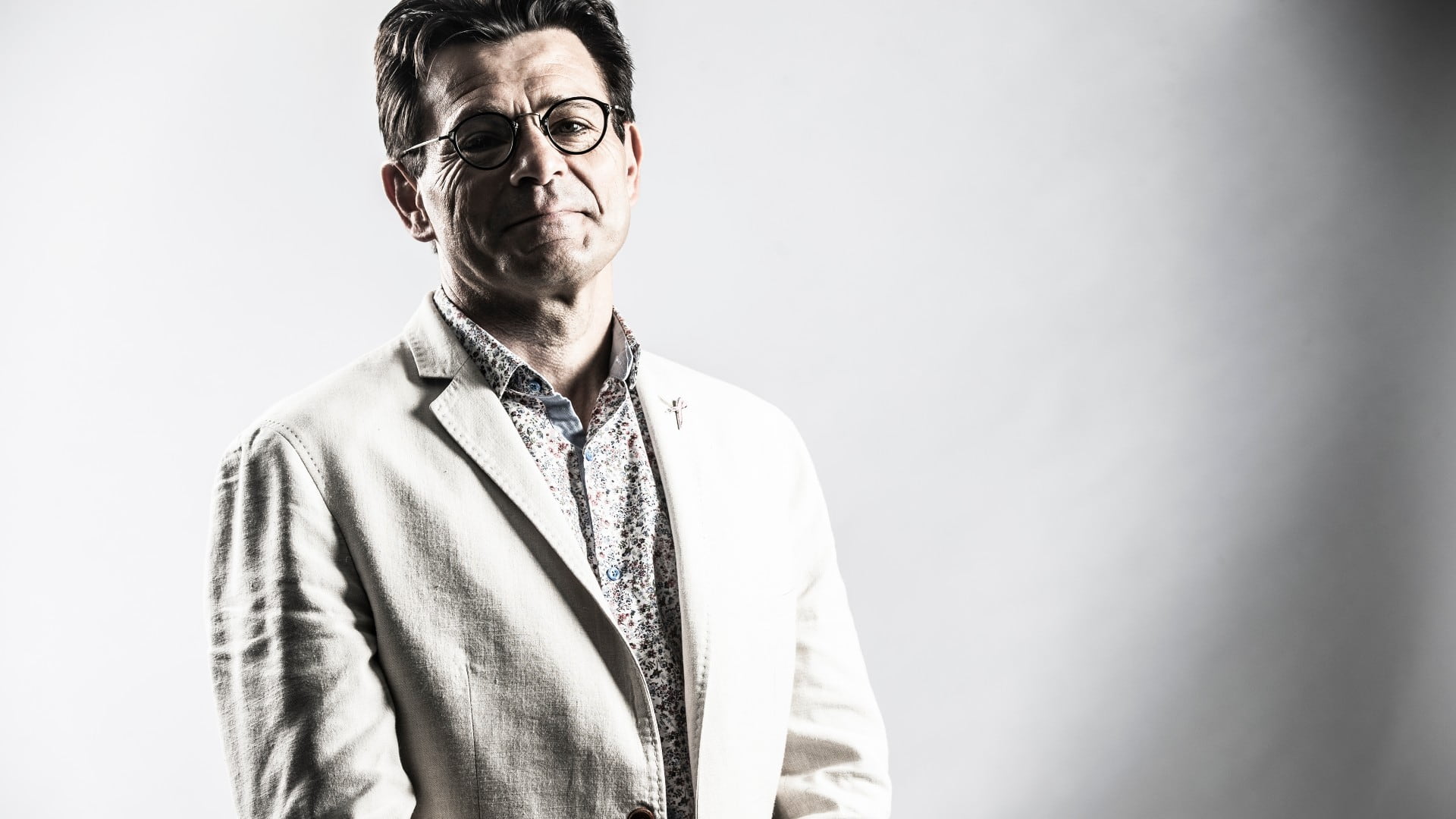July 22, 2022
VisualCortex and UOW partner to drive computer vision innovation and industry-research collaboration
VisualCortex joins the SMART Infrastructure Facility's Hub for Artificial Intelligence of Things Solutions
VisualCortex – the Video Intelligence Platform connecting computer vision’s potential to real-world business outcomes – has partnered with the University of Wollongong (UOW), joining its research and development hub for Artificial Intelligence of Things (AIOT) Solutions.
Under the terms of the mutual non-disclosure agreement between VisualCortex and UOW, the computer vision start-up and the University’s SMART Infrastructure Facility will share exclusive research and software development capabilities to drive smart video analytics innovations, including machine learning (ML) models, learnings from real-world computer vision implementations, and local employment opportunities.
As part of the partnership, VisualCortex has established a satellite office at UOW’s Illawarra-based Innovation Campus — a technology precinct that fosters industry-research collaboration — and joins the Telstra-UOW Hub for AIOT Solutions.
The hub is backed by a AUD$1.7 million government funding grant through the Strategic University Reform Fund (SURF); designed to establish Illawarra as a global leader in AIOT solutions for communities, enterprises and governments. The hub is also supported via collaboration with technology industry giants Telstra, Microsoft and NVIDIA.
The initiative brings together over 30 experts from industry and academia, focusing on delivering globally applicable AIOT outcomes in smart transport, smart logistics, resilient infrastructure and intelligent manufacturing.
VisualCortex CEO and Co-Founder, Patrick Elliott, said that partnering with UOW’s SMART Infrastructure Facility and AIOT solutions hub delivered practical outcomes in three main ways.
“UOW and SMART bring world-leading AI research capabilities to the fore, which have transformative potential within today’s computer vision market,” Elliott said.
“Secondly, because SMART and the Telstra-UOW Hub for AIOT Solutions are mandated to apply academic rigour to real-world problems, they collaborate extremely well with industry and the public sector. The ability to work with PhD students and doctors of AI, and directly apply their research and skills to tangible computer vision challenges, is truly exciting.
“We have a very strong meeting of minds: We provide a Video Intelligence Platform, which enables academics to productionize ML models at scale and see their research make real-world change. At the same time, UOW provides outstanding academic expertise, industry relationships, and data governance.
“The marriage of the two – VisualCortex’s enterprise-ready computer vision platform, coupled with UOW’s ability to use that platform as a vehicle to deliver academic-produced ML models to industry – represents an ideal partnership. It’s a win for everyone.
“Thirdly, the partnership provides a mutually beneficial avenue to industry for university researchers and students. To be successful and scale, VisualCortex needs access to a steady stream of the best available talent. For UOW, our partnership provides a clear employment pathway via VisualCortex’s talent exchange, internship and graduate hiring programs.”
UOW’s SMART Infrastructure Facility specialises in applying data analytics, advanced simulation, Smart Cities technology and video analytics to core infrastructure challenges, including electricity, roads, rail urban growth and regional development.
SMART Infrastructure Facility Director Senior Professor Pascal Perez (pictured above) said: “While SMART Infrastructure Facility’s journey into smart video analytics is relatively recent, growth in effort and demand has been nearly exponential. So we know, based on its technology and the number of requests we’re fielding, the market opportunity for VisualCortex is wide and broad.
“What VisualCortex is trying to do is brave: At the moment, most of the video analytics market develops around vertical integration; and bespoke – if not ad-hoc – solutions for specific sectors, or even sub-sectors. That means we’re going to see a lot of redundancies in terms of the deployment of all these single-use-case computer vision tools and the fees that end-users will have to pay. So, we need a transversal approach, which VisualCortex is bringing to bear with its industry-agnostic platform.”
Perez echoed Elliott’s comments, characterising the UOW-VisualCortex partnership as “a perfect marriage”.
“We share the same approach to smart video analytics – we don’t see one sector; we’re interested in a transversal approach and the fundamentals behind the different use cases,” Professor Perez said.
“At SMART, we’re good at assessing new use cases for computer vision, optimising algorithms and wrapping them into a container. But, we need to push these new ML models into something for deployment, in order to be useful to industry. VisualCortex’s Video Intelligence Platform provides that ideal something.”
“It’s the best of both worlds; and I really look forward to developing a strong partnership with VisualCortex in the years to come.”
